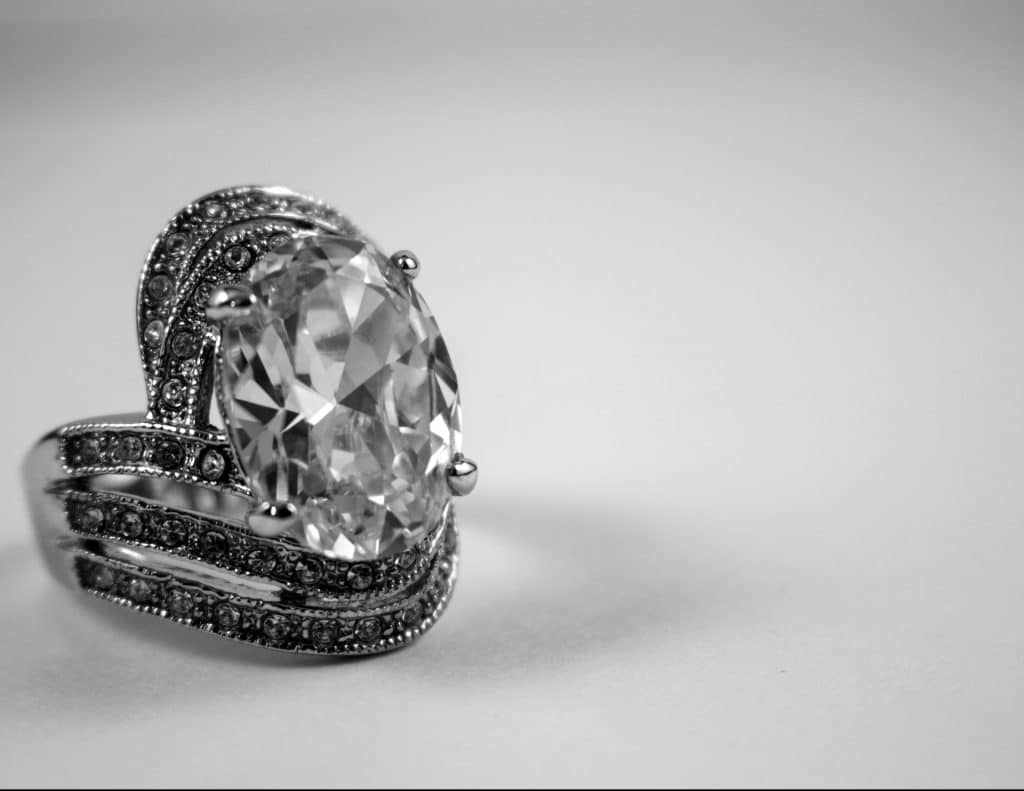Pear-Shaped Engagement Rings: What You Need To Know
Many people know about round brilliant diamonds and about traditional princess cut diamonds. But, there’s an alternative to these, which is the pear-shaped diamond. And, pear-shaped diamonds can be a wonderful centerpiece in engagement rings. Of course, before you start shopping for an engagement ring that includes this one-of-a-kind diamond shape, you need to know what you’re looking at it in terms of styles.
Pear-shaped diamonds also known as the “teardrop” diamond is a mixture of marquise and round shapes. One side has a fine point; the other side is round. In order for this diamond to be created, the master diamond cutter will create 58 surfaces in the gem.
Four Benefits to Pear-Shaped Engagement Rings
1 – Due to their unique attributes, the rings will come across as being a novelty and possibly vintage.
2 – The cut style compliments a number of side stones and settings, allowing buyers to select from all kinds of rings.
3 – A ring with a pear shape can make the fingers appear longer and slimmer.
4 – Due to its many facets, it doesn’t demand the same clarity level seen with other similar shapes such as the emerald cut.
How Important Is The Cut for Pear Shaped Engagement Rings?
Cut is extremely important when it comes to a diamond’s shape, regardless of what shape it is. However, when it comes to the pear-shaped diamond, cut quality is necessary because it relies on the flawless proportion to get its elegant beauty. The pear-shaped diamond’s point needs to be exactly opposite from its highest spot in the curved part. Its sides must curve – not straight – identically toward the point.
There are three pieces of criteria the pear-shaped diamond cut needs to meet:
1 – The diamond’s flat surface must be 51 percent or higher in the stone’s girth. It’s best if it’s more than 53 percent.
2 – From its side view, there needs to be a depth of 53 percent or higher with 58 percent or higher being the best for its cuts.
3 – The diamond’s pointed underside needs to be small and have a as sharp as possible point.
Pear-Shaped Engagement Rings: More Important Details
-
Length to Width Ratio
Since there are many shapes, the length-to-width ratio is considered extremely important when picking a diamond. When it comes to the pear-shaped diamond, the decision will be based more on personal tastes than conventional wisdom. The ideal ratio for a pear-cut stone is 1.45 and 1.75; however, anything shorter or longer is not going to affect the stone’s value.
-
Color Quality
The color of the gem can play a part in choosing the engagement ring. Since the pear-shaped diamond is narrower at the point, the gem can look dark in its appearance with colored-diamonds. Be sure, when looking at pear-cut diamond rings, that you consider cut and color above everything else.
- Price
Once you dealt with color and cut, the cost is something to also consider. Yes, pear-shaped diamonds are going to be more expensive than traditional-shaped diamonds. In fact, when determining color, cut quality, clarity and carat weight, it’s viewed as being the second most expensive diamond shape. It’s thought that the difficulty of the cutting process drives up the price.
-
Settings
The best way to keep a pear-shaped diamond set in the ring is to use prongs, which allow light to get into and refract in the stone. The diamond’s point is regarded as the most delicate part. Thus, you need to protect it with a prong. And, to keep the stone secure, you need at least two prongs… although six prongs give the stone most protection.
______________________________
To get a better idea of the endless options for this type of unique engagement ring, we’ve gathered a collection of the pear shaped engagement rings that celebrities have chosen, as well as some other gorgeous settings:












